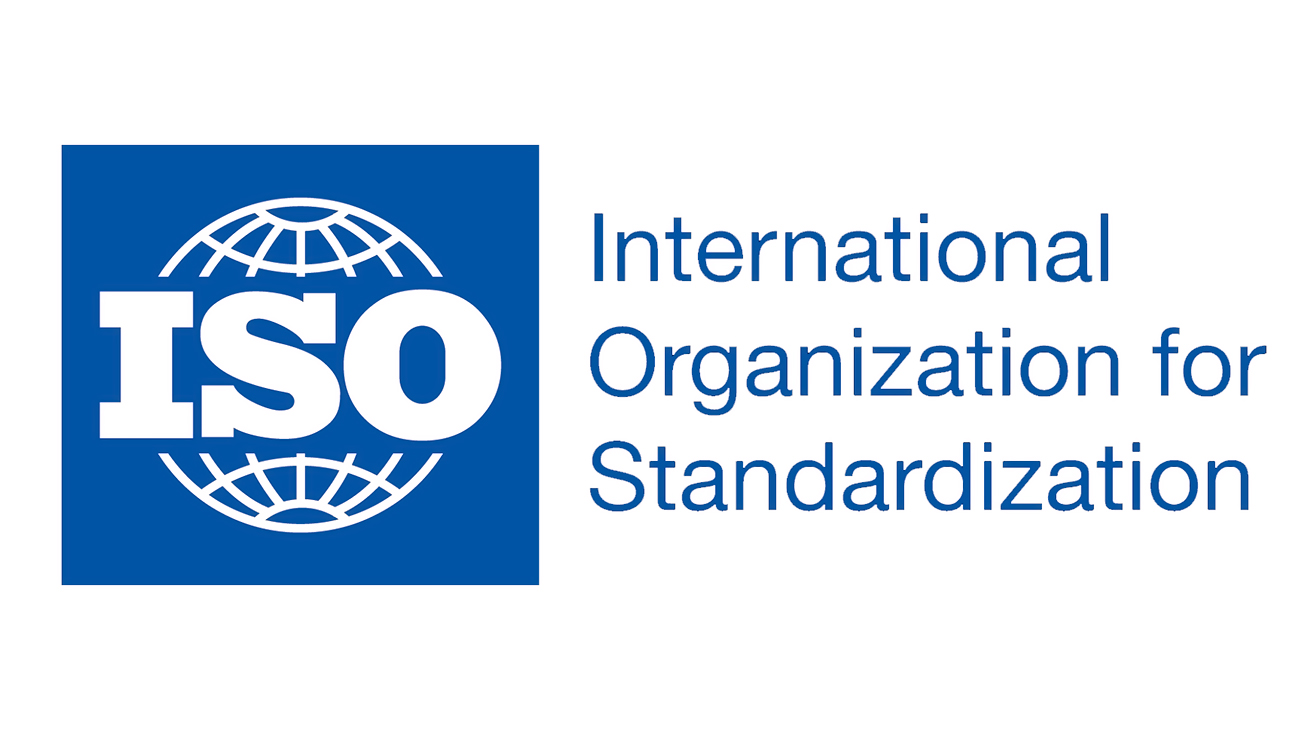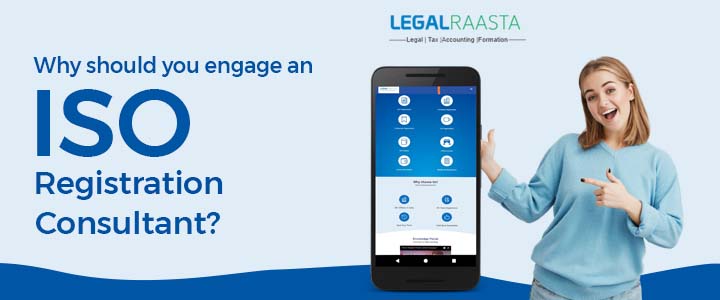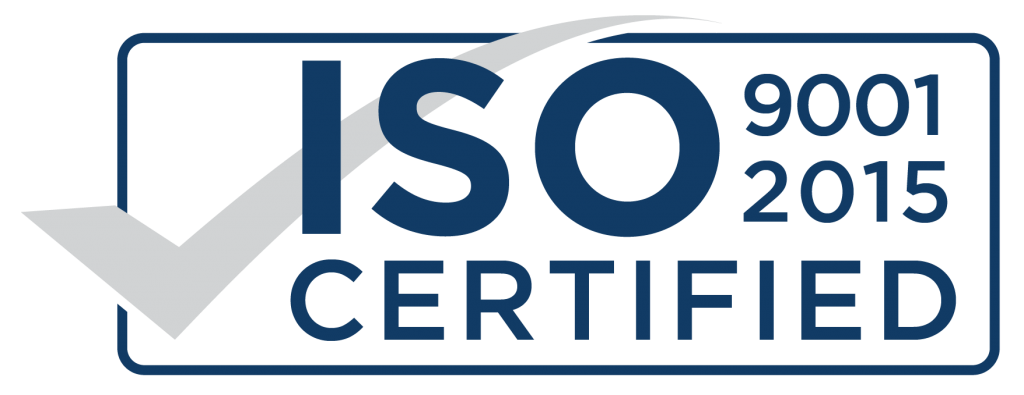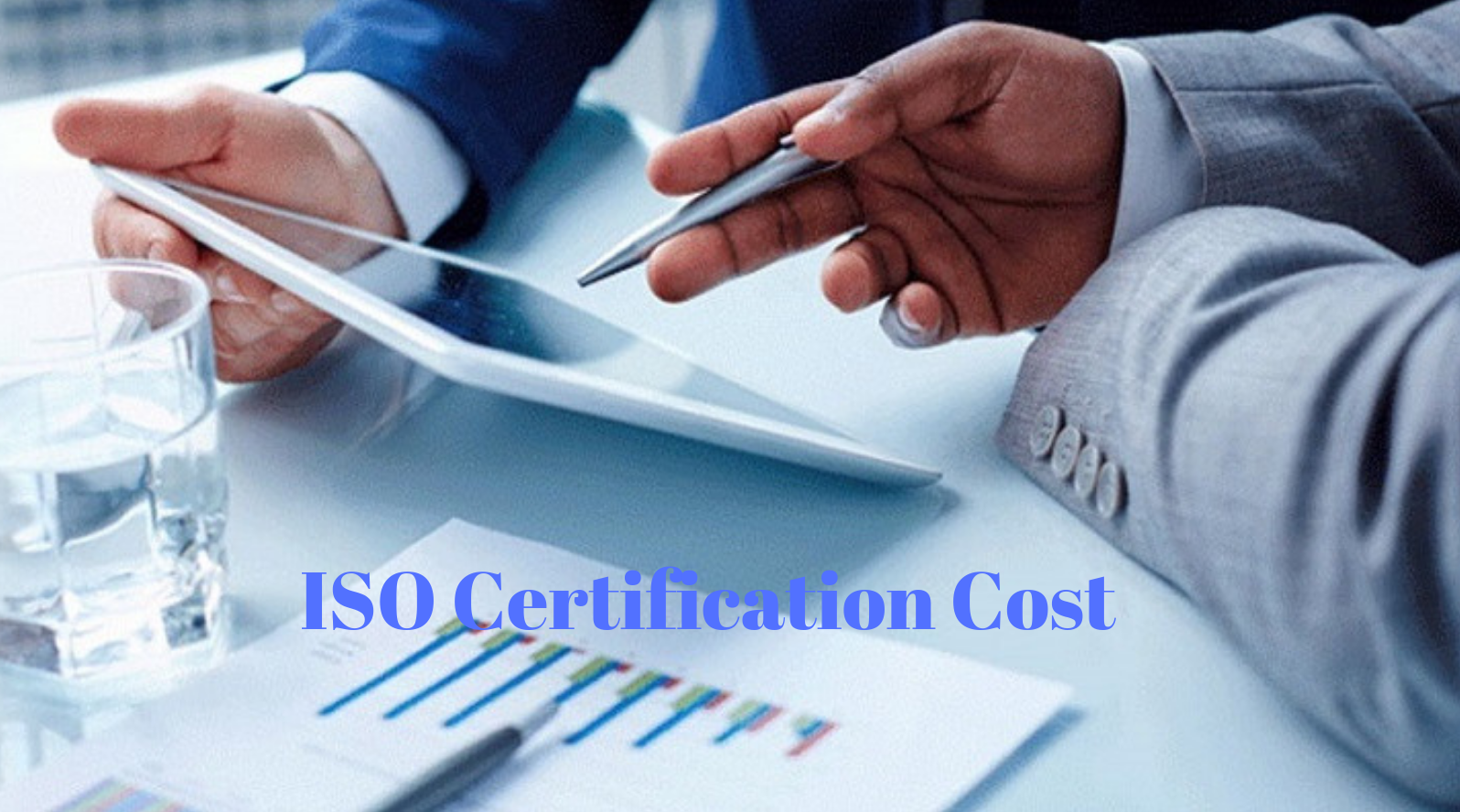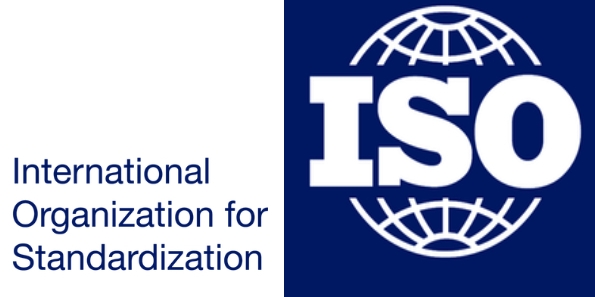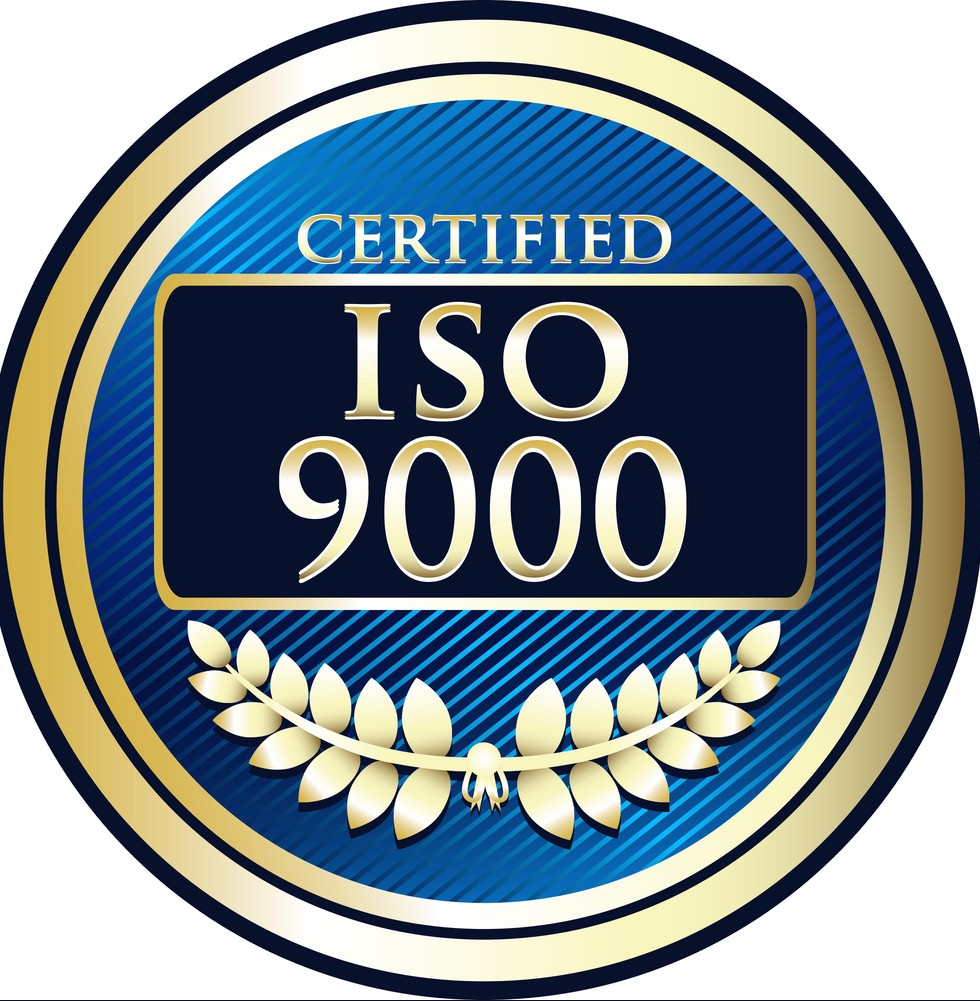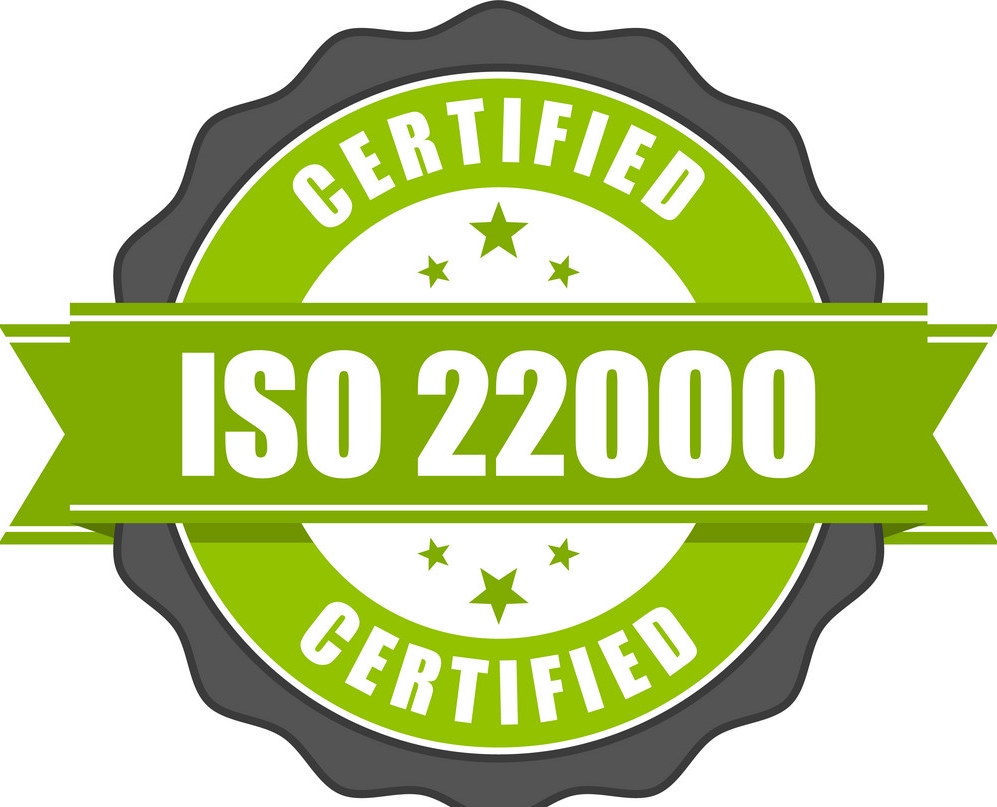ISO full form: Development & Certification Process, Benefits
ISO full form: A brief introduction
ISO full form is International Organisation for Standardization. It is considered as an Independent, non- governmental, non-profitable, the worldwide federation of national standards bodies that can develop and publishes international standards. The ISO full form was given a short form because “International Organization for Standardization” would have different acronyms in different languages so the founders decided to get it short. ISO online provides a standard for various products and services which are accepted worldwide and provide an assurance that these products and services are safe, reliable and of good quality. ISO is the world’s largest developer of voluntary international standards. At Geneva, it has its headquarter and English, French and Russian. In addition, there are 165 member countries around the world as its national standard bodies.
What does the ISO do?
The motive of ISO is to specify the products, services, and systems to ensure safety, quality, and efficiency. ISO publishes more than 19500 international standards. Every industry, technology, food safety, agriculture, and healthcare is covered by ISO no sector left untouched.
Some light on History
In February 1947, an ISO was founded and officially began its operations. Moreover, the Institute of civil engineers in London decided to establish an international organization to facilitate the international coordination and unification of industrial standards. The very popular standards of ISO are given below:
- ISO 9000: standardization of quality management.
- ISO 10012: measure management system.
- ISO 14000: standardization of environmental management.
- ISO 19011: audit management system.
- ISO 2768-1: a standard for general tolerance.
- ISO 31000: risk management.
- ISO 50001: energy management.
- ISO 4217: standardization of currency codes.
You can read more from here: What are the different types of ISO standards
ISO full form: Development Process of ISO Standards
ISO is a process of creating new standards that started when the industry associations or consumer groups make a request. ISO needs to recruit subject matters experts as well as industry stakeholders who usually form a technical committee. There are two rounds fo creating a draft standard through which this committee has to pass on then conducts a formal vote on the second draft which is known as the Final Draft International Standard (FDIS). The ISO will publish it as an official international standard if in case, the FDIS is approved as a certified secretariat.
ISO full form: Benefits
Following are the benefits of ISO certification as you can reassure customers that your business follows the highest quality standards:
- All the processes opt by you are evaluated, standardized and explained to personnel.
- It becomes easier to train new employees.
- More quick problem detection and improves solutions.
- Customer satisfaction is improved
- Good understanding of customer needs.
- Company perception of your company is better
- Suppliers become more than partners
- Communication is improved
- Employees get to know better knowledge of your company
- It improves employee participation.
ISO full form: Certification Process
The procedure of ISO certification is given below:
- Create an application or contract: You have to get agreed on a contract for both the applicant as well as the registrar. It describes the rights and obligations of both the parties and the liability issues, confidentiality, and access rights are included.
- Quality documents review: All your quality manuals will be viewed by an ISO auditor and documents related to various policies and procedures being followed in the organization. The existing work review will definitely help the ISO auditor to identify the possible gaps against the requirements stipulated in the ISO standards.
- Make an Action Plan: You should be ready with the action plan to eliminate the gaps in your organization after the auditing process. List the required tasks to be performed to bring the desired changes in your organization. It can be possible that you need to give the training to your employees to work efficiently while adapting to new procedures.
- Initial Certification Audit: It contains basically two stages:
- Stage 1: ISO auditor will find the possible non-conformities in your systems and procedures to the desired quality management system. Although, they would divide these non-conformities into minor and major non-conformities. So, the applicant must be carefully related to the assessment of these non- conformities and get it aligned as per the desired quality standards through modification in the techniques and process used by the organization.
- Stage 2: The auditor of ISO does the final auditing after the changes in the organization. Hence, he will check whether all the non-conformities have been eliminated or not as per ISO quality standards. If the auditor is satisfied, he will prepare the final ISO audit report and forward it to the registrar.
- ISO certification Completion: Once you are done with the non-conformities and all the findings are put in the ISO audit report then the registrar will grant you the ISO Certification.
- Surveillance Audits: The motive for conducting this is to ensure that ISO quality standards are being maintained by the organization. It is generally conducted from time to time.
For more information regarding the International standardization, Importance of ISO 9001 or more then must follow our blog.
Hurry up! Apply ISO for certification to make your products and services outstanding in the cut-throat competition. Send your query on Email: contact@legalraasta.com and give us a call at +91 8750008585. Our experts are available on our website: LegalRaasta to provide you the best advice ever.
Related Articles:
What re the challenges in the path of the ISO certification implementation?
How and where can we use the ISO logo after certification?
All about ISO high-level structure
[fusion_builder_container admin_label=”” hundred_percent=”no” hundred_percent_height=”no” hundred_percent_height_scroll=”no” hundred_percent_height_center_content=”yes” equal_height_columns=”no” menu_anchor=”” hide_on_mobile=”small-visibility,medium-visibility,large-visibility” status=”published” publish_date=”” class=”” id=”” background_color=”#eeeeee” background_image=”” background_position=”center center” background_repeat=”no-repeat” fade=”no” background_parallax=”none” enable_mobile=”no” parallax_speed=”0.3″ video_mp4=”” video_webm=”” video_ogv=”” video_url=”” video_aspect_ratio=”16:9″ video_loop=”yes” video_mute=”yes” video_preview_image=”” border_size=”” border_color=”” border_style=”solid” margin_top=”0″ margin_bottom=”” padding_top=”” padding_right=”” padding_bottom=”” padding_left=””][fusion_builder_row][fusion_builder_column type=”1_1″ layout=”1_1″ spacing=”” center_content=”no” hover_type=”none” link=”” min_height=”” hide_on_mobile=”small-visibility,medium-visibility,large-visibility” class=”” id=”” background_color=”” background_image=”” background_position=”left top” background_repeat=”no-repeat” border_size=”0″ border_color=”” border_style=”solid” border_position=”all” padding_top=”” padding_right=”” padding_bottom=”” padding_left=”” margin_top=”” margin_bottom=”” animation_type=”” animation_direction=”left” animation_speed=”0.3″ animation_offset=”” last=”no”][fusion_text]
[/fusion_text][/fusion_builder_column][fusion_builder_column type=”1_1″ layout=”1_1″ spacing=”” center_content=”no” hover_type=”none” link=”” min_height=”” hide_on_mobile=”small-visibility,medium-visibility,large-visibility” class=”” id=”” background_color=”” background_image=”” background_position=”left top” background_repeat=”no-repeat” border_size=”0″ border_color=”” border_style=”solid” border_position=”all” padding_top=”” padding_right=”” padding_bottom=”” padding_left=”” animation_type=”” animation_direction=”left” animation_speed=”0.3″ animation_offset=”” last=”no”]
Frequently Asked Questions
[fusion_separator style_type=”shadow” hide_on_mobile=”small-visibility,medium-visibility,large-visibility” class=”” id=”” sep_color=”” top_margin=”” bottom_margin=”” border_size=”” icon=”fa-chevron-circle-down” icon_circle=”yes” icon_circle_color=”#2d95cf” width=”” alignment=”center” /][fusion_text]
What is ISO certificate?
It is a 3rd body party seal of approval of your quality, safety, and efficiency of products, services, and systems across an organization. It can prove to be very necessary for companies to improve their existing systems as well as implement new ideas in their business.
What is ISO 9001:2015?
The ISO 9001:2015 is the revised version of 9001:2008 that standardizes the requirements for the QMS (Quality Management System). Every organization that was standardized under ISO 9001:2008 had until September 2018 to make the transition to ISO 9001:2015. In case it is not done, the certificate has now become invalid.
What are the advantages of the ISO 9001 certificate?
• It results in overall international efficiency for the firm’s products. This implies lesser non-conforming products, less rejection rate, less rework required, streamlined processes and fewer mistakes.
• Some of the national, as well as international markets, favors ISO standardized products over other products.
• It increases customer’s credibility towards your products.
What is the cost of the ISO 9001 certificate?
We at LegalRaasta charges our customers only Rs.4,499 to process their ISO 9001 certificate.
Since when ISO has been in been in business?
Since 1906 ISO has been in the business of establishing standards.
What is the validity of the ISO certificate?
The ISO certificate is valid for a period of 3 years from the date of issue. Though, it may be reduced depending upon the regular surveillance assessments.
How long does it take for my company to get it ISO certified?
It takes less than 15 days to get your company ISO certified using our services.
Which ISO standard do I need?
As there are multiple standards that a business can choose from, it is advised to check the applicability of each before choosing. But, here we present a list of some crucial standards that are applicable to many industries:
• ISO 9001 is very necessary for every industry as it is the core standard that most of the other well-known standards are based on.
• ISO 14001 is necessary for those industries which are involved in a lot of waste-producing activities or waste and recycling activities.
• ISO 45001 is used in the case of a manufacturing business. This standard is used to maintain health and safety, as a lot of heavy machinery is involved.
The best way to find out more standards, we’d recommend you contact our experts now.
Is there a need to renew the ISO certificate?
There is no need to renew the ISO certificate. Though an auditor is assigned, who has the authority to conduct surprise checks from time to time, to see if all the standards are met.
Can ISO certificate work as a permit/license?
ISO certificate is used to assure the quality of the product & process only. To ease the conduct of your business, you still need government’ authority permission, permit or license.
Can you list some benefits of the revised standards?
• It is now more user-friendly for service and knowledge-based organizations.
• Higher leadership engagement
• Better structured planning to set objectives
• Flexible in documentation
• Better alignment of management review and organizational results
• It addresses supply chain management more effectively
I have a startup with less than 10 employees. Do I need to ascertain the ISO certificate?
As per the new amendments made, there are no exceptions to ISO certificate. Your business could be large scale, small scale or medium scale, this certification will help your business improve and result in overall customer satisfaction.
How to get ISO certificate?
You can go to our website and log on to our website or contact our experts at +91 8750008585. Then, you just need to fill in a simple form and email us the required documents and just sit back & relax. We will carry out the whole process on your behalf.
How can I implement the requirements of ISO 9001 in my business?
A- You should first familiarize yourself with not only the requirements of IS/ISO 9001 but also the vocabularies that are given in IS/ISO 9000 and direction standard IS/ISO 9004.
B- This would, in turn, help you to understand your association’s activities and processes and interpret the requirements of each standard.
C- After this, you should implement the requirements in different activities and processes adding value to these processes and activities.
In which cities can I get an ISO certificate using LegalRaasta?
Our firm comes in the top 10 ISO certification agencies in India. We provide this service to pan India. Furthermore, we have completed this process of various firms in the following states:
Mumbai, Delhi, Gurgaon, Noida, Bangalore, Chennai, Hyderabad, Ahmedabad, Kolkata, Surat, Pune, Jaipur, Lucknow, Kanpur, Nagpur, just to name a few.
[/fusion_text][/fusion_builder_column][/fusion_builder_row][/fusion_builder_container]

